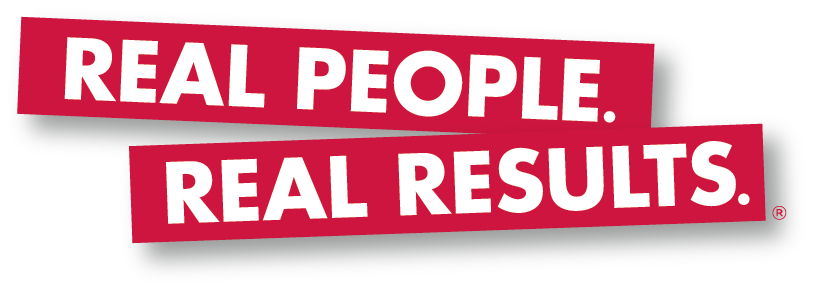Many states and localities are announcing plans to reopen businesses to being to bring our economy back from the brink. While it’s great news that some areas may be ready rebound, the fear, uncertainty and stress will increase as well if re-openings are done haphazardly and without care.
It’s important that if your state or your counties are announcing reopening procedures it’s important to educate yourself on the requirements and restrictions to relaunch safely. Take these steps outlined by; https://www.wallerlaw.com/news-insights/3616/Key-issues-to-address-before-reopening-after-coronavirus-COVID-19-closure The steps below were published by Waller Law on April 20, 2020.
- Be Aware of State and Local Reopening Orders: State governors are responsible for making the final determinations about when and how to begin phased reopening. Local governments are developing reopening protocols too, which may vary widely from both the national and state guidelines.
- Brush Up on Your Insurance Coverage: It may be helpful for employers to spend some time with their insurance brokers to discuss their policies and ensure they are covered for various COVID-19 related possibilities. If you have employment practices liability insurance, which usually covers claims for non-bodily harm brought by employees, this may cover any claims that allege wrongful termination, failure to provide leave, OSHA violations, or similar violations of employment laws.
- Avoid ADA Issues: On April 17, 2020, the EEOC issued new guidance on the potential application of the Americans with Disabilities Act (ADA) upon return to work.
- Be Mindful of OSHA Obligations: The Occupational Health and Safety Act requires employers to ensure their workplaces are “free from recognized hazards that are causing or are likely to cause death or serious physical harm.
- Revise Employee Policies: Some state and local governments have suggested their reopening orders may require that businesses develop written policies, especially around social distancing, before being allowed to reopen. You may consider revisiting and/or memorializing instructions from your trainings, instructions for requesting leave under the Families First Coronavirus Response Act (FFCRA), protocols for employee screenings, rules for non-essential travel and social distancing, discipline for violating social distancing and similar precautions, and similar policies.
- Develop Protocols for Bringing Back Employees in Advance: Once the above protections are in place, most wisdom is that reopening should be done gradually, rather than bringing all employees back at once.
- Address Issues with Employees Who Do Not Want to Return to Work: Even once public health and governmental officials determine it is safe for employees to return to work, employees may still be reluctant to do so for a variety of reasons, address them ahead of time. These situations can probably be handled by talking to the employee, hearing their concerns, and trying to address them, which may be as simple as explaining the protections that have been put in place to keep everyone safe. You should take the steps already outlined to accommodate employees who are at risk due to medical conditions or to assuage the fears of employees with OSHA-type concerns.
- Stay Vigilant After Reopening: While federal, state, and local orders may lift or loosen in Phases 2 or 3, you should stay vigilant about any potential threats in the workplace after reopening. Health officials recommend establishing protocols for what to do if an employee tests positive, the threat reemerges, or other unexpected events take place. This might include protocols for how to notify employees of concerns, quickly implement work-from-home procedures, and identify which employees would be considered “essential” in case of an emergency.
You need to ensure cleaning; disinfecting processes are transparent and apparent to your customers. Communicate your plans with your customers and post your process in visible places within your business. Make sure that the staff and employees that you are bring back to serve your clientele feel safe and protected as well. Provide masks, gloves and establish social distancing procedures that will give your team comfort and assurances that they will be protected. Here are some best practices;
- Reminding sick workers to stay at home.
- Establishing alternating days or extra shifts that reduce the total number of employees in a facility at a given time, allowing them to maintain distance from one another while maintaining a full onsite work week.
- Providing workers with up-to-date education and training on COVID-19 risk factors and protective behaviors (e.g., cough etiquette and care of PPE).
- Training workers who need to use protecting clothing and equipment how to put it on, use/wear it, and take it off correctly, including in the context of their current and potential duties. Training material should be easy to understand and available in the appropriate language and literacy level for all workers.
https://thinkccig.com/reopen-your-business-covid-19/
Take time to consider what you are doing to ensure vulnerable populations get extra consideration.
Make sure that your reopening is also a positive community event. Find ways to give back and make your relaunch something to celebrate with little gestures of giving back. Perhaps you can set up a mask donating box and donate them to a homeless shelter in your location. Ask customers to donate an extra $1 and put it towards a fund to send donuts or flowers to a local hospital to thank front-line workers. Offer discounts to nurses, doctors, paramedics, firefighters and police etc., as a thank you for their continued support and self-lessness during this crisis.
You wouldn’t be able to just open the doors and hope business floods back. Consider that your customers have been use to life without you, so now it the time to power up your marketing machine and increase the communication you do digitally to let your customers know you are back. Run a social media campaign, invest in some digital ads, send a personalized email to invite your customers back and welcome them.
Take steps to make your business safer. Consider…
- Installing high-efficiency air filters.
- Increasing ventilation rates in the work environment.
- Installing physical barriers, such as clear plastic sneeze guards.
- Installing a drive-through window for customer service.
- Installing UV lights to help disinfecting surfaces
https://thinkccig.com/reopen-your-business-covid-19/
Consider some other ideas creative to help you restart your business. Sidewalk sales or displays, outside seating, curbside delivery, contact less check out just to name a few.
What ever you do as you prepare to reopen, relaunch and restore some normality in your business, be thoughtful, be diligent and be hopeful.






